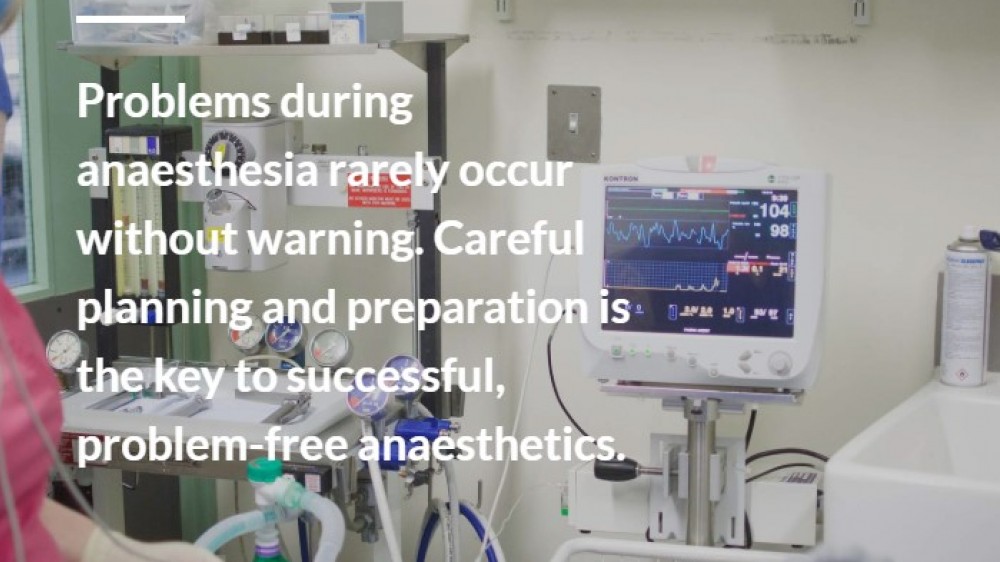How funding bodies can embed the 3Rs in their peer review process, including details of our review and advice service.
34 results
Webinar recording featuring resources to support techs who want to carry out evaluations of enrichment and practical guidance.

A webinar to highlight available opportunities to minimising non-human primate use in drug development.
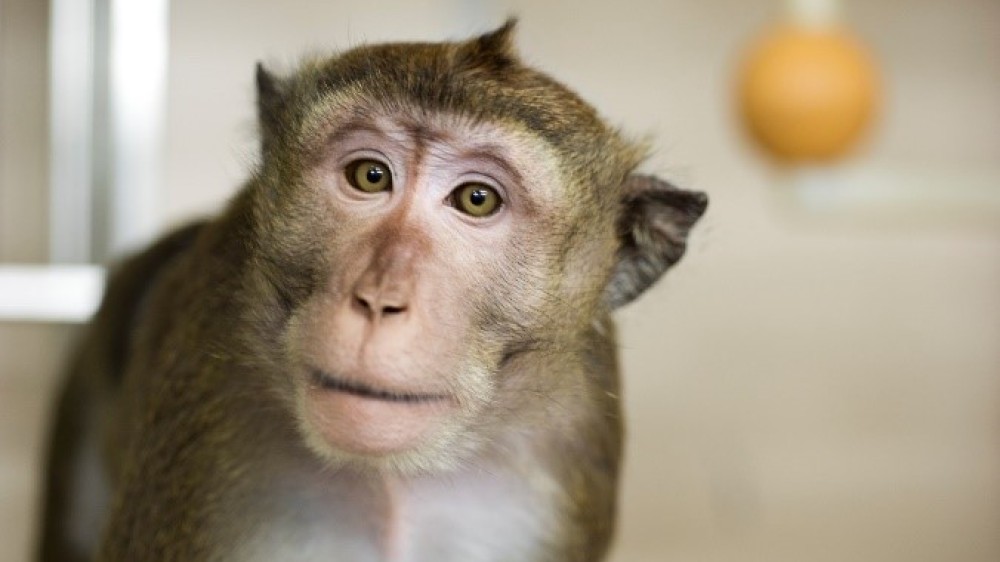
Opportunities to reduce the use of non-human primates in toxicology programmes.

Techniques for blood sampling in laboratory animal species to ensure the most appropriate technique is chosen.
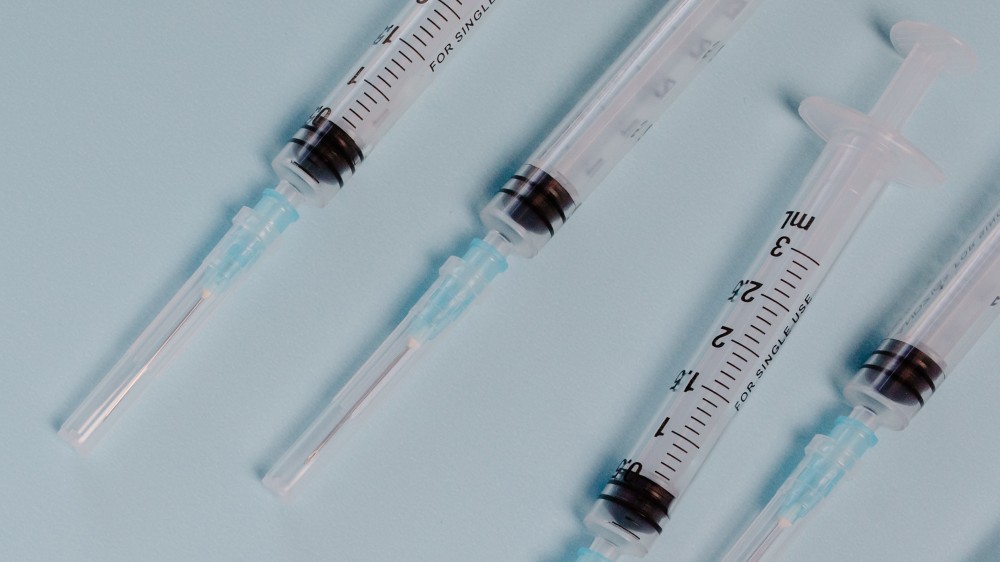
Guidance on catherisation for blood sampling in laboratory animals.
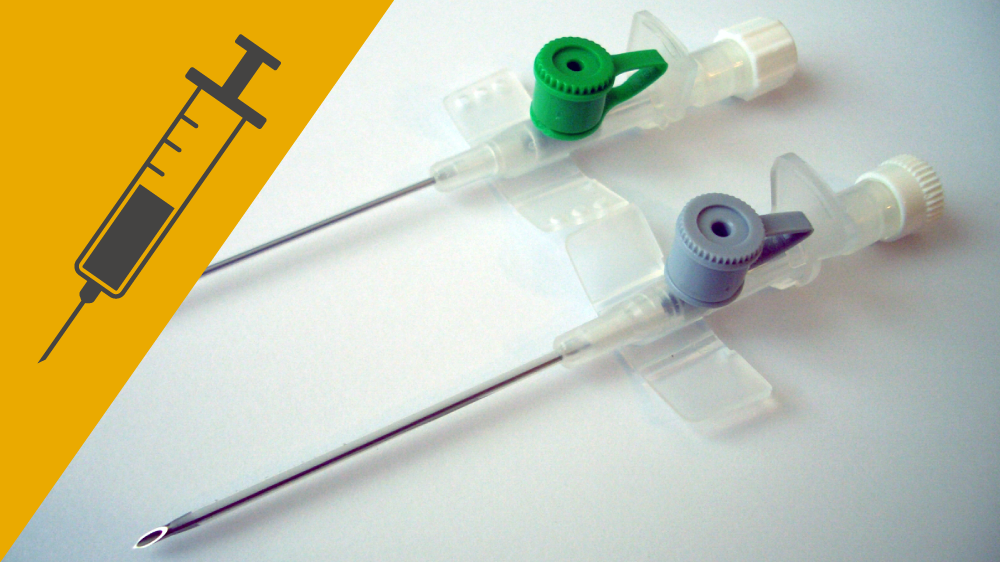
Guidance on implementing positive reinforcement training methods.
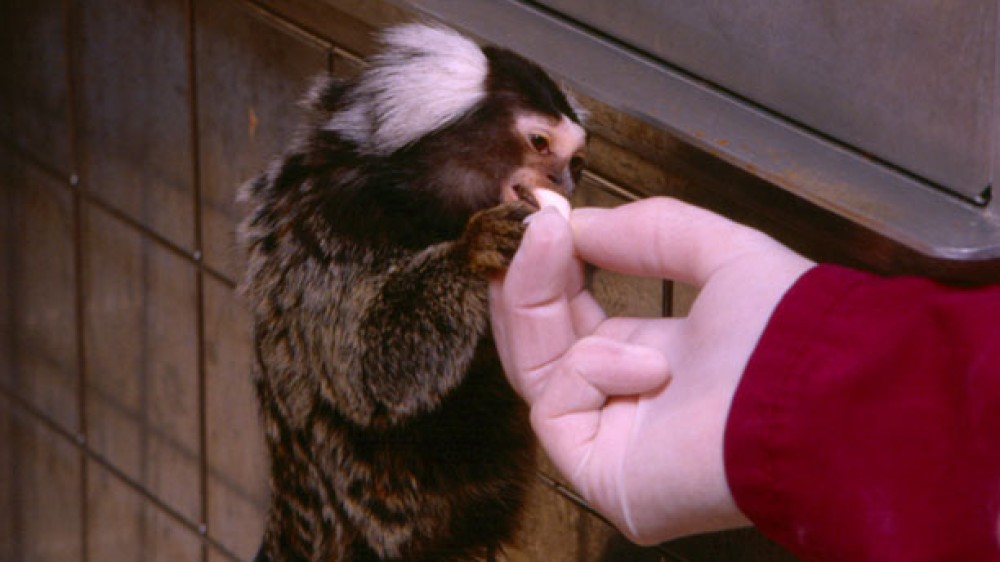
Survey of the approaches used for training monkeys for chair restraint.
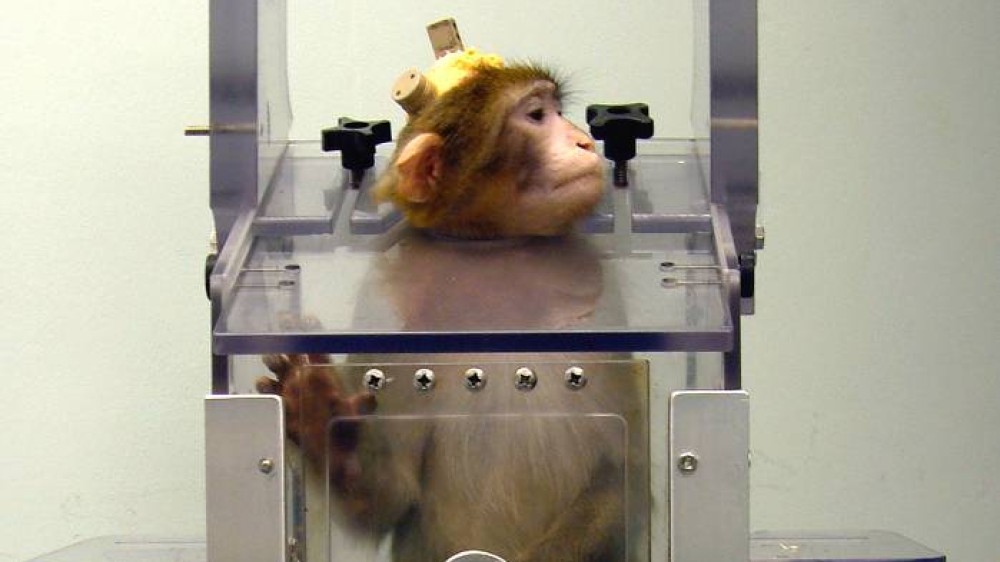
Guidance on reducing or refining animal use for studies with cardiovascular, central nervous system and respiratory functional measurements.

Approaches for sampling blood in the marmoset, covering non-surgical and terminal techniques.
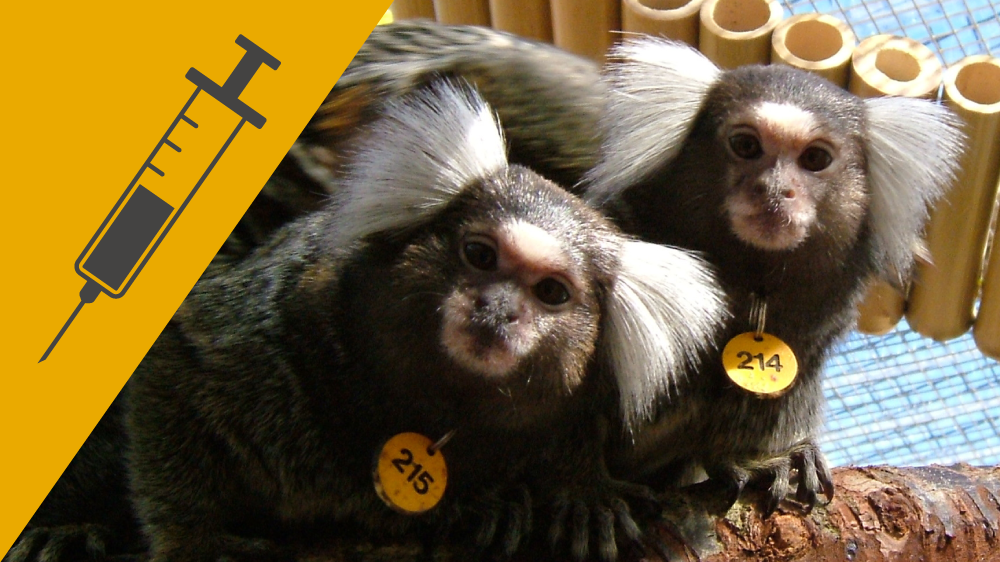
Principles to help minimise stress and discomfort in laboratory animals when taking blood samples.

Ways to prevent and manage aggression in laboratory animals, with specific advice for a range of mammalian species.
How magnetic resonance imaging (MRI) is contributing to the 3Rs in neuroscience studies involving non-human primates.
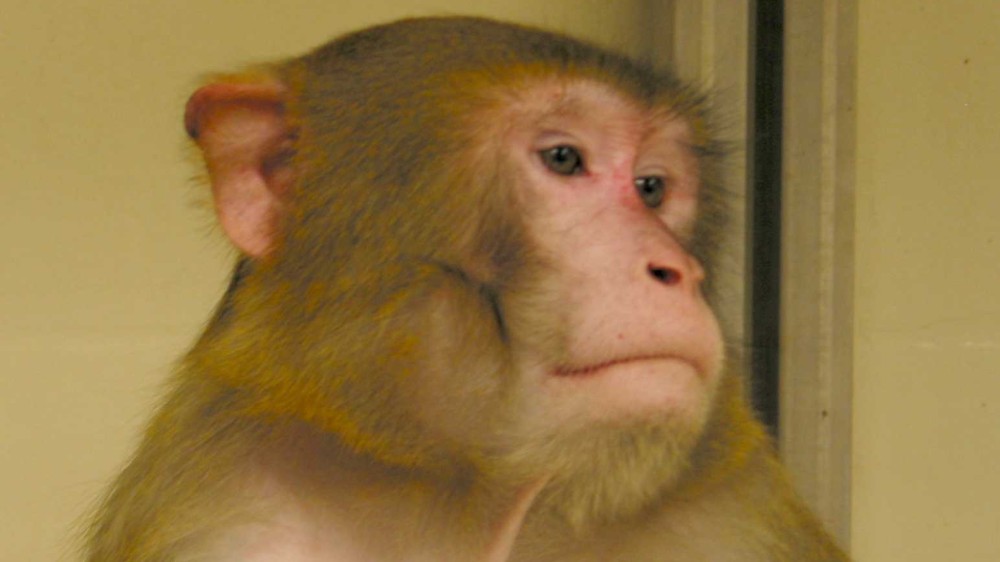
Guidance on the transport of laboratory animals, including non-human primates.
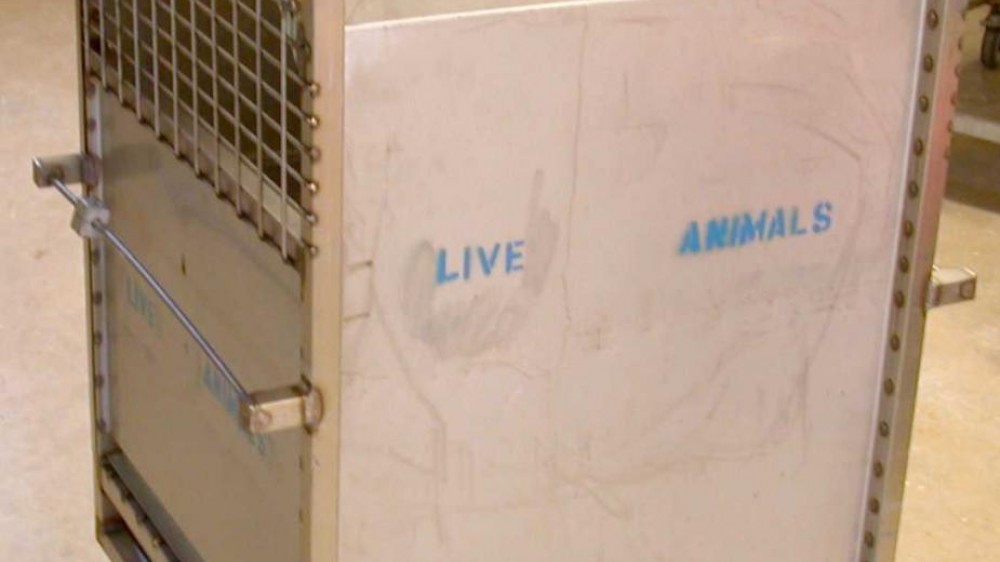
A dedicated website with resources for everyone who works with, or is interested in, laboratory macaques.
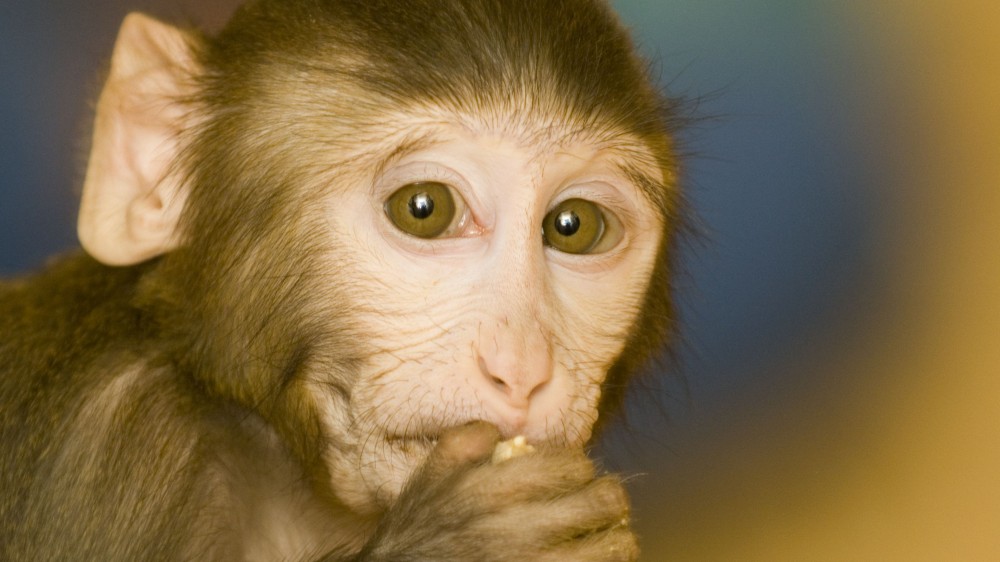
Learn more about why the single use of needles should be standard practice and how to implement this in your facility.
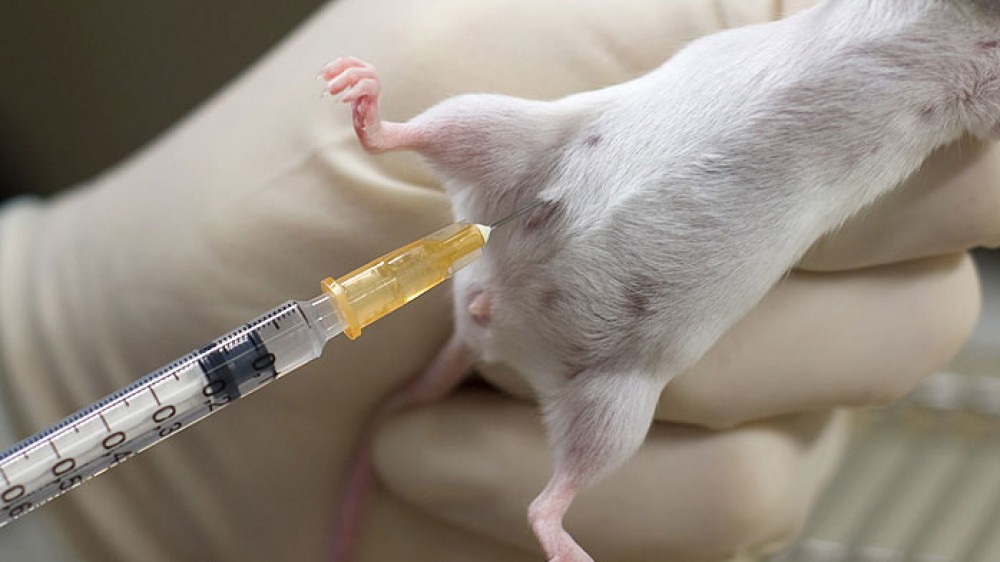
How to recognise and prevent pain, suffering and distress in laboratory animals.
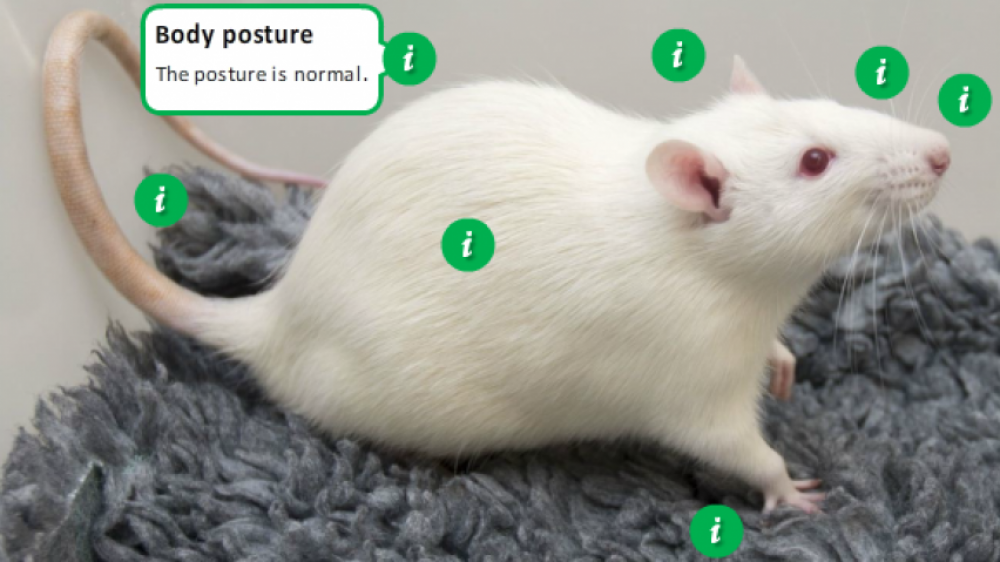
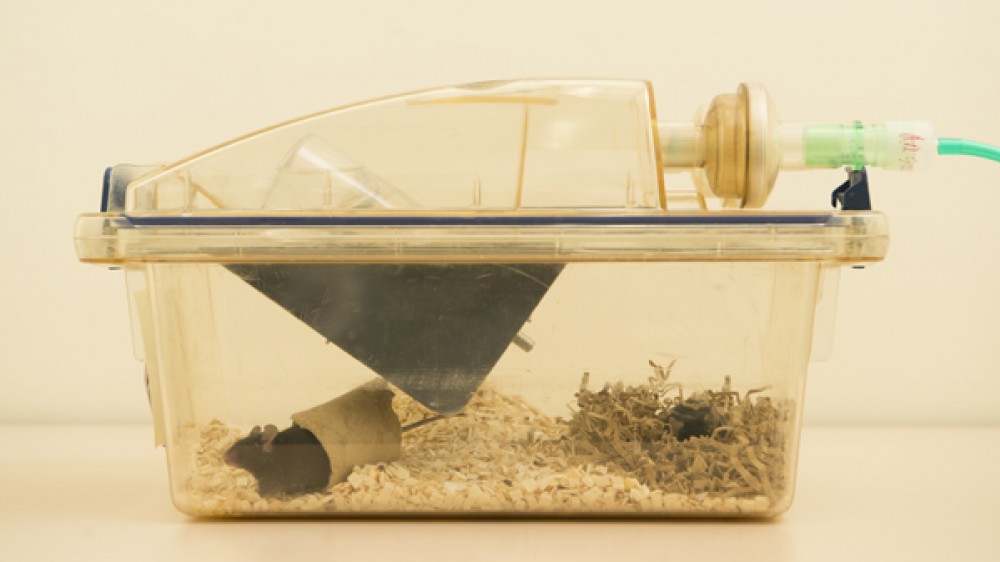
Ensuring best practice in anaesthesia for minor procedures.
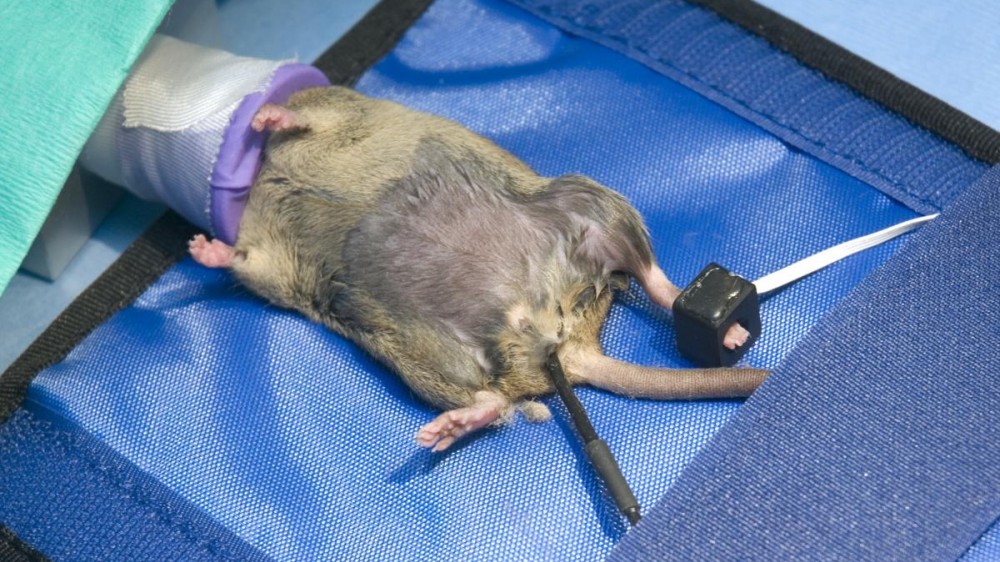
Factors to consider prior to anaesthesia of laboratory animals.
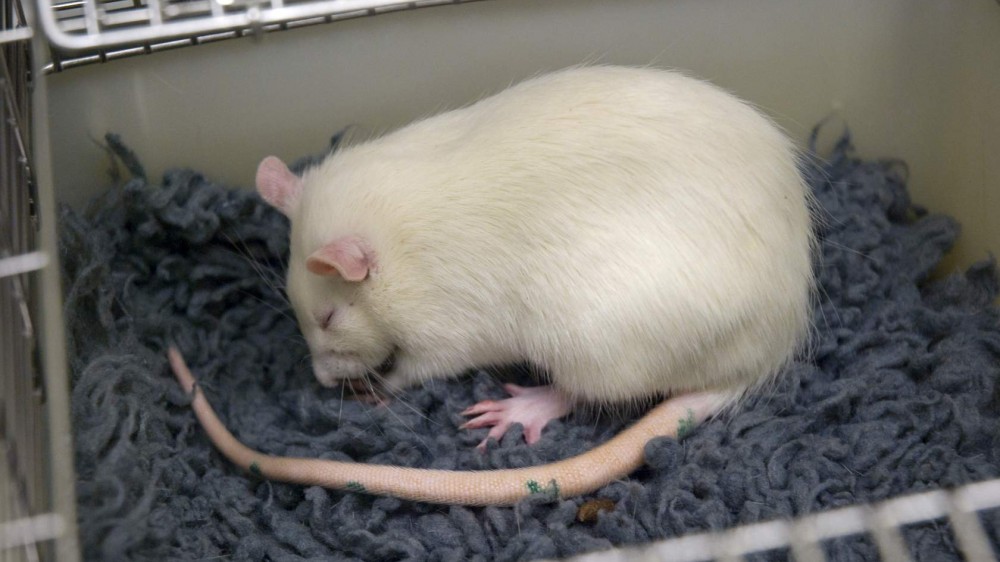
How to choose appropriate anaesthetic agents and regimens.
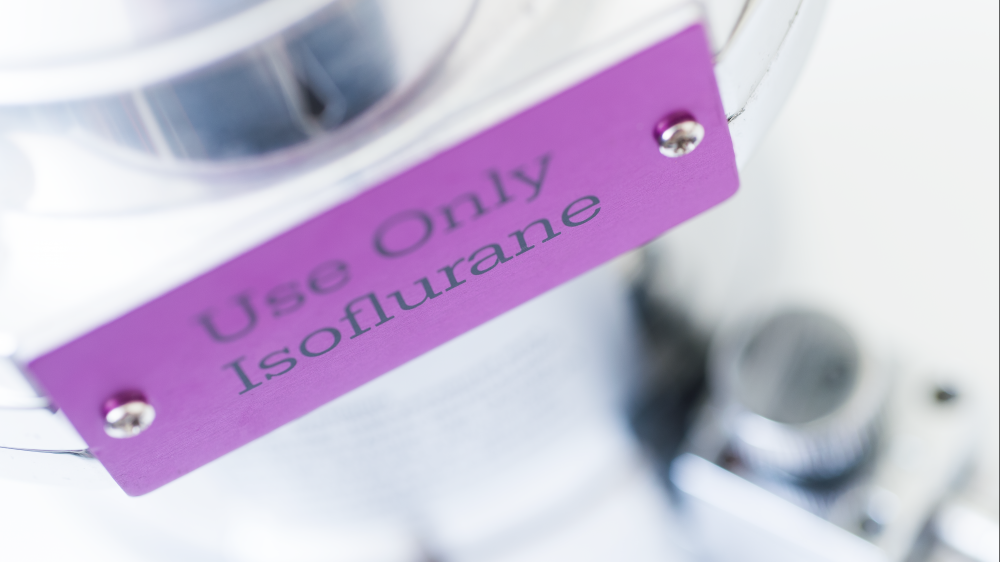
Why and how to monitor anaesthetised animals.
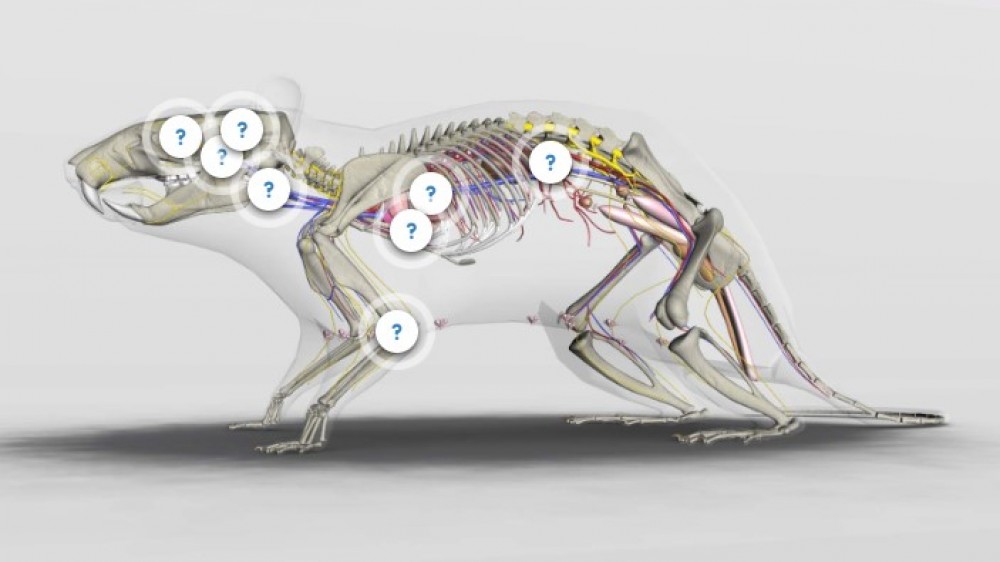
Use of different anaesthetic breathing systems, airway management, and neuromuscular blocking drugs.
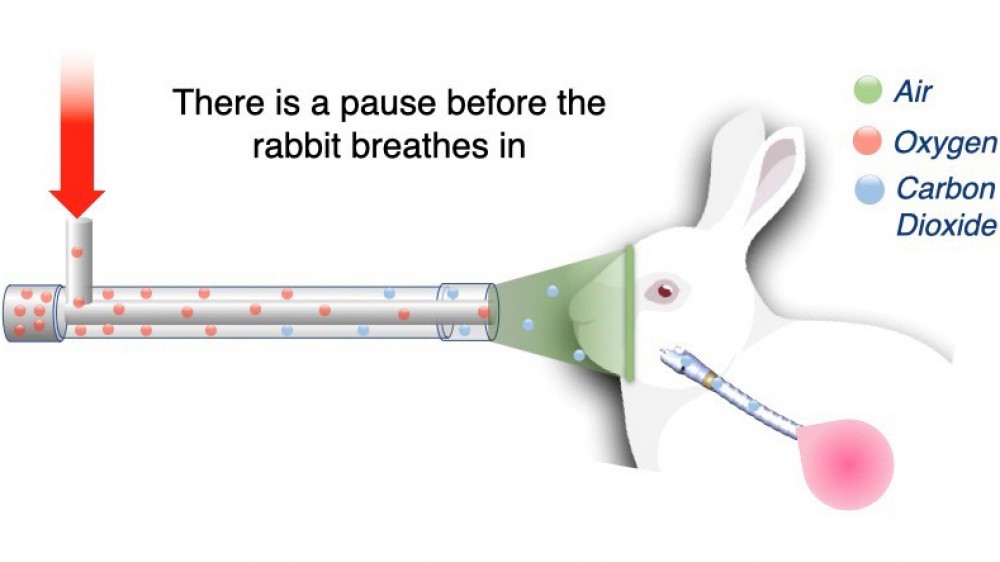
Managing anaesthesia and what can be done to prevent problems.
